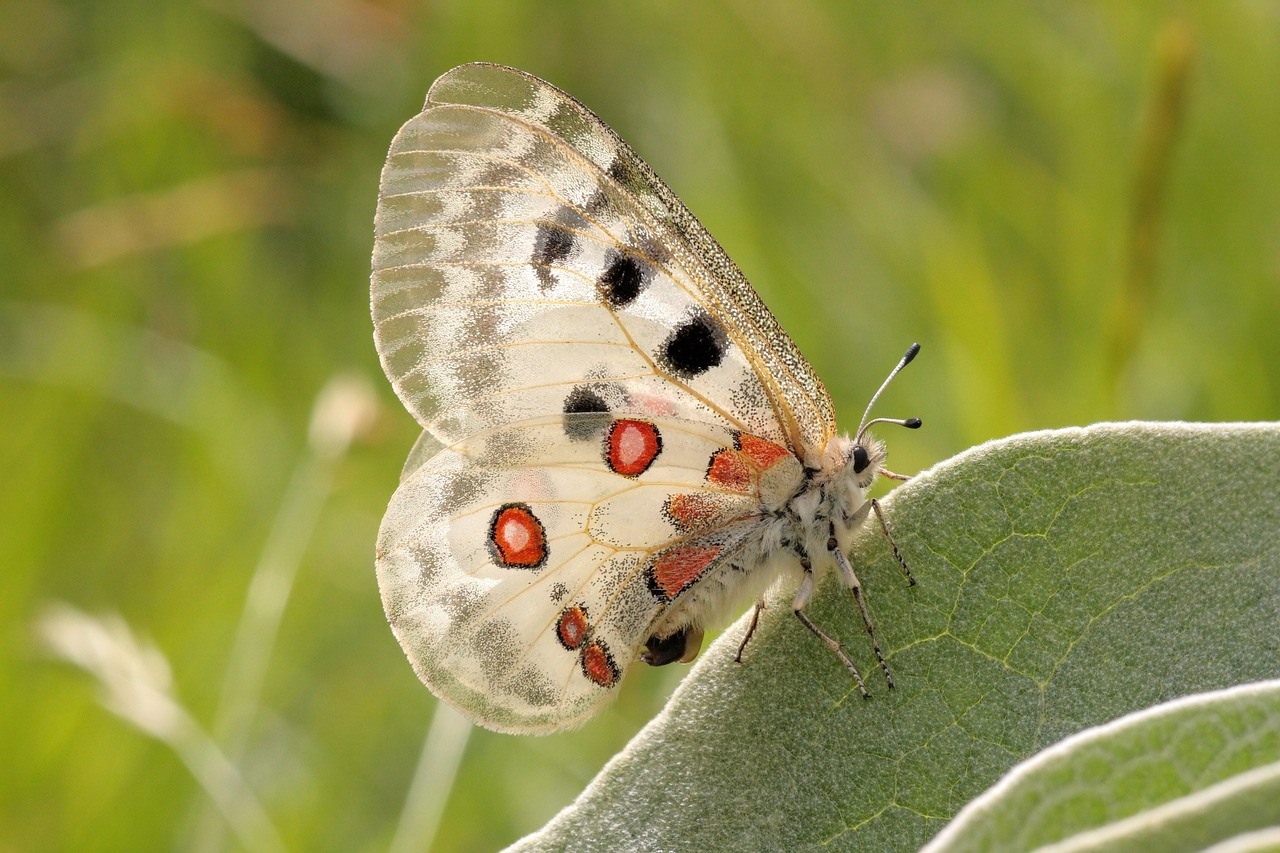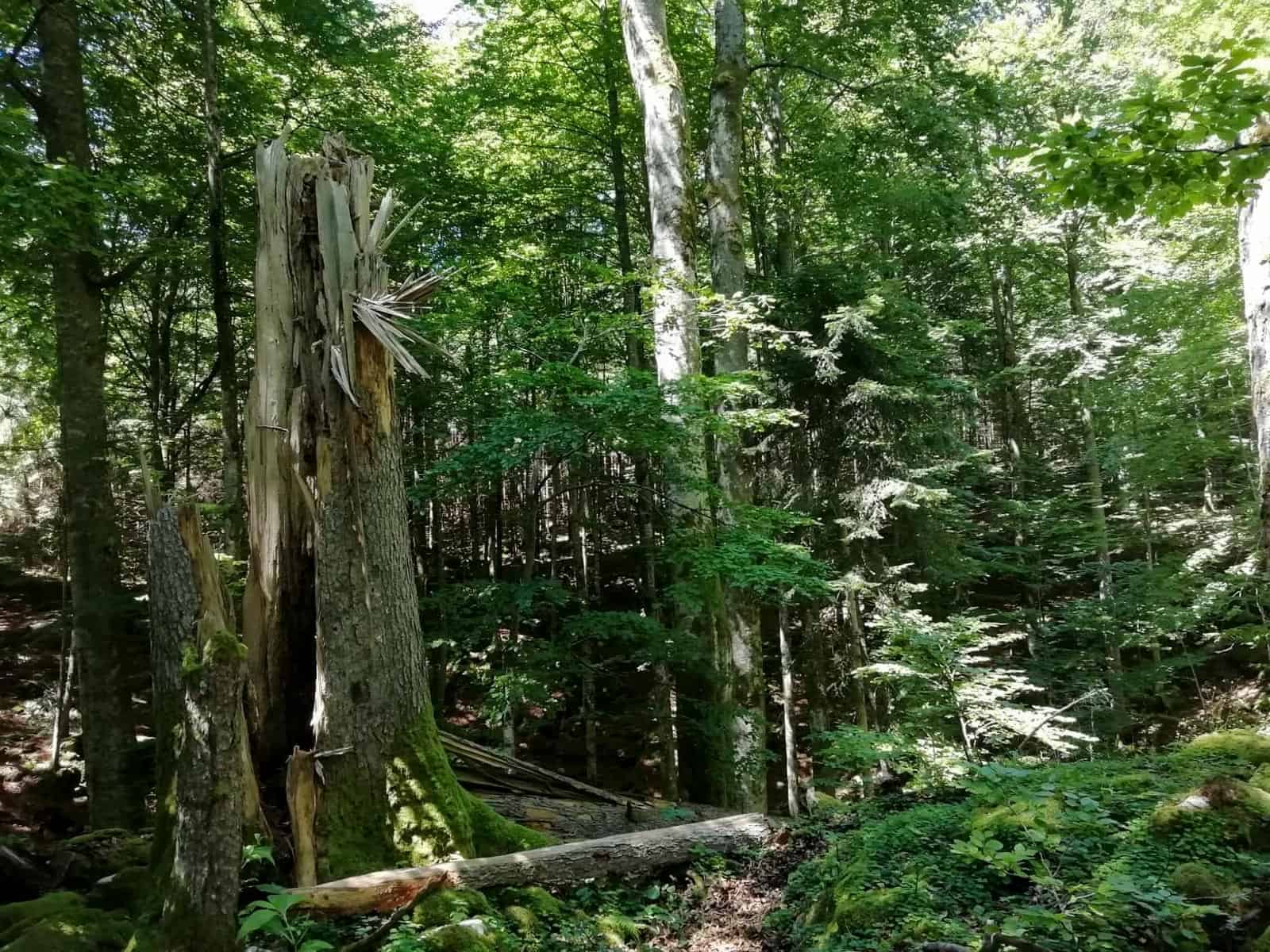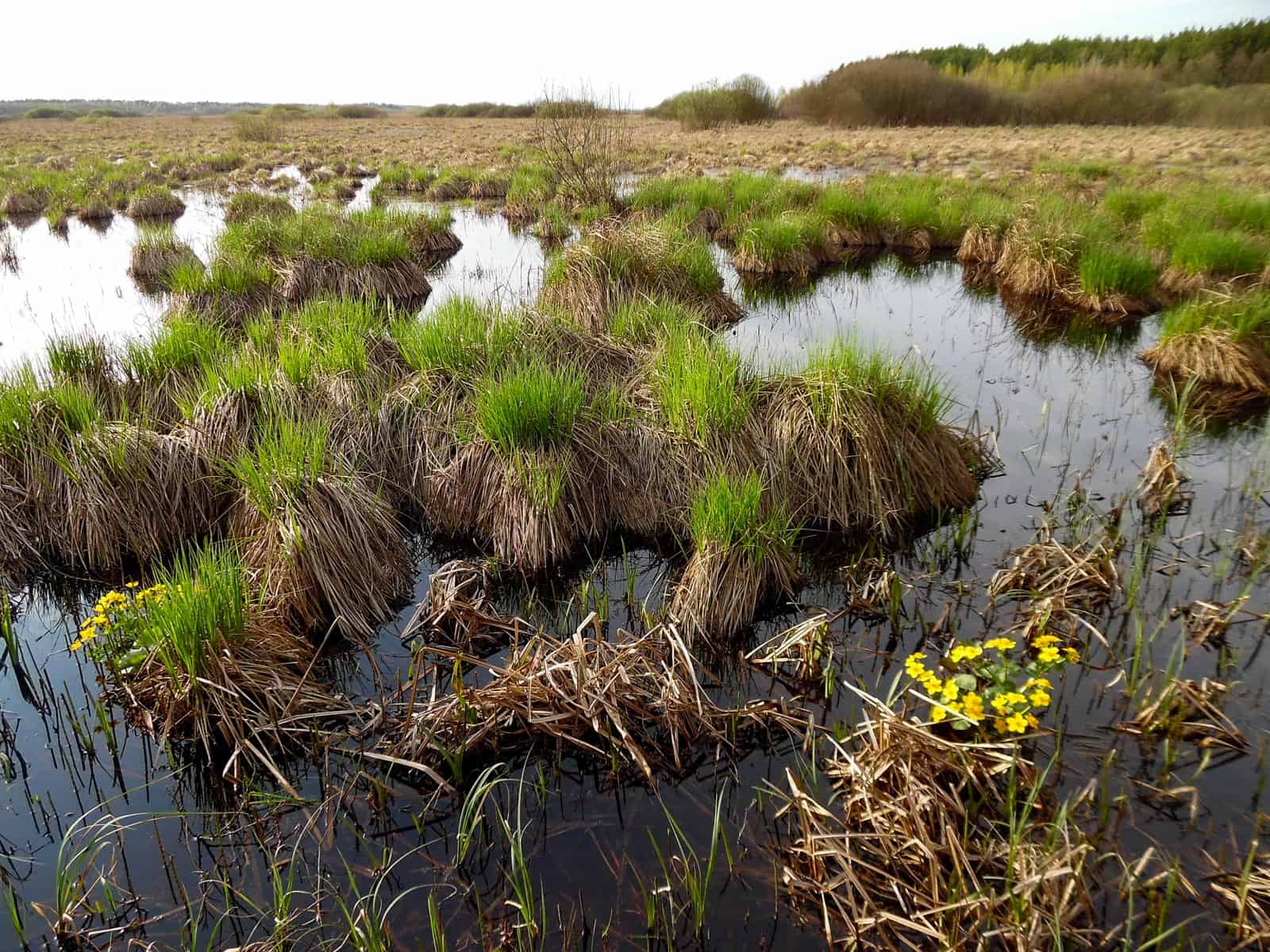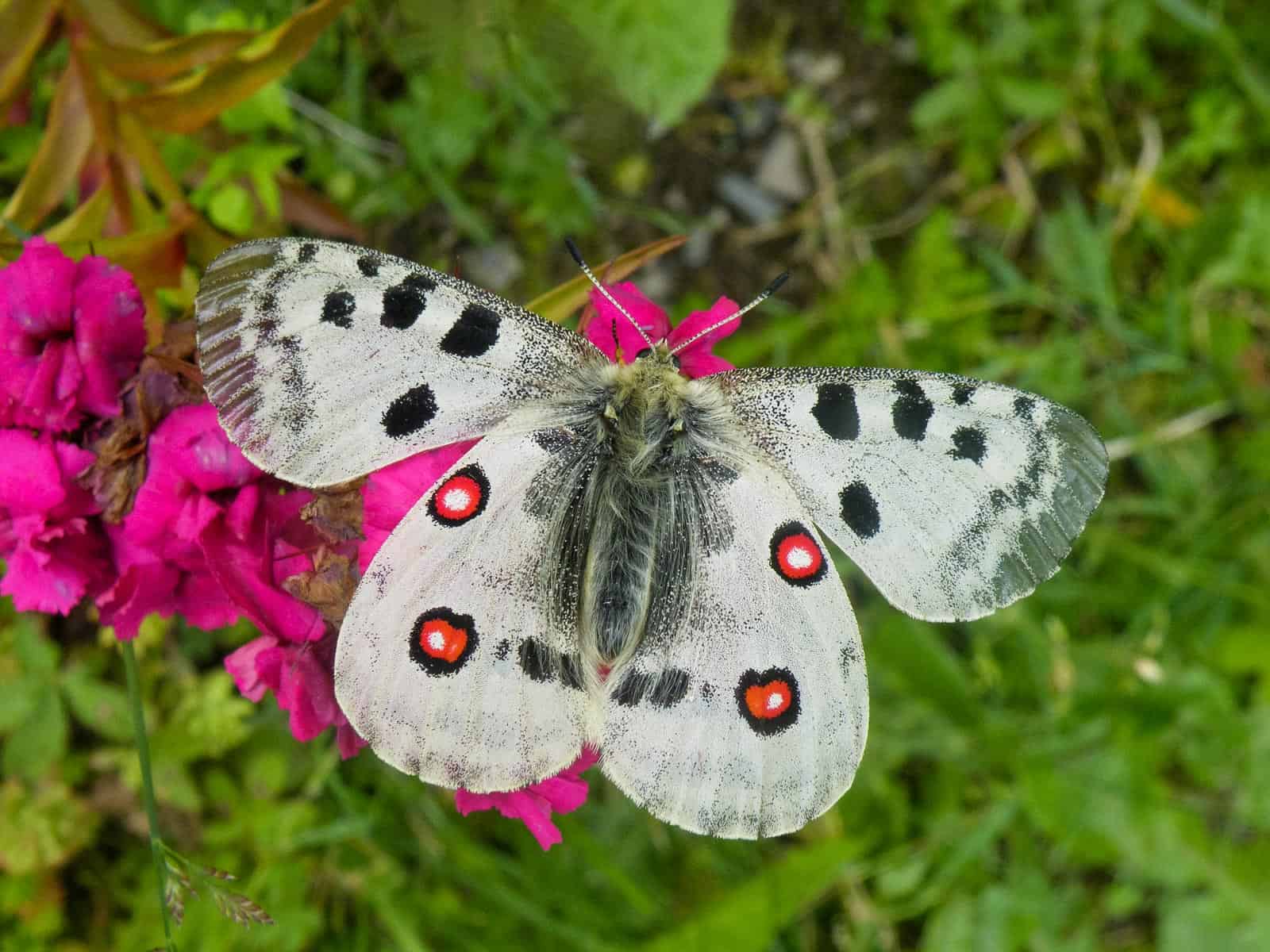Parnassius apollo on rapid decline
Parnassius apollo, commonly known as the Apollo butterfly, is a beautiful and iconic species of butterfly found in Europe and Asia. Unfortunately, this species is on a rapid decline due to several factors, including habitat loss, climate change, and over-collecting.
The Apollo butterfly has a very specific habitat requirement, which is high altitude meadows and rocky slopes with specific plant species for feeding and breeding. However, these habitats are under threat from human activities such as tourism, agricultural expansion, and infrastructure development. As a result, the population of the Apollo butterfly is decreasing at an alarming rate.
Decline of Parnassius
Parnassius apollo belongs to the most attractive butterfly and very often appreciated not onlyby scientists but also visitors. Therefore, decline of this butterfly species is so sensitive and painful. Decline of Parnassius, particularly in a central Europe is dated back already since the 19 centuries.
Observations of gradual decline, some environmentalist even use the word extinction, of this butterfly in Europe identified numerous cases, proved that decline is very much due to combined negative impact on Parnassius population.
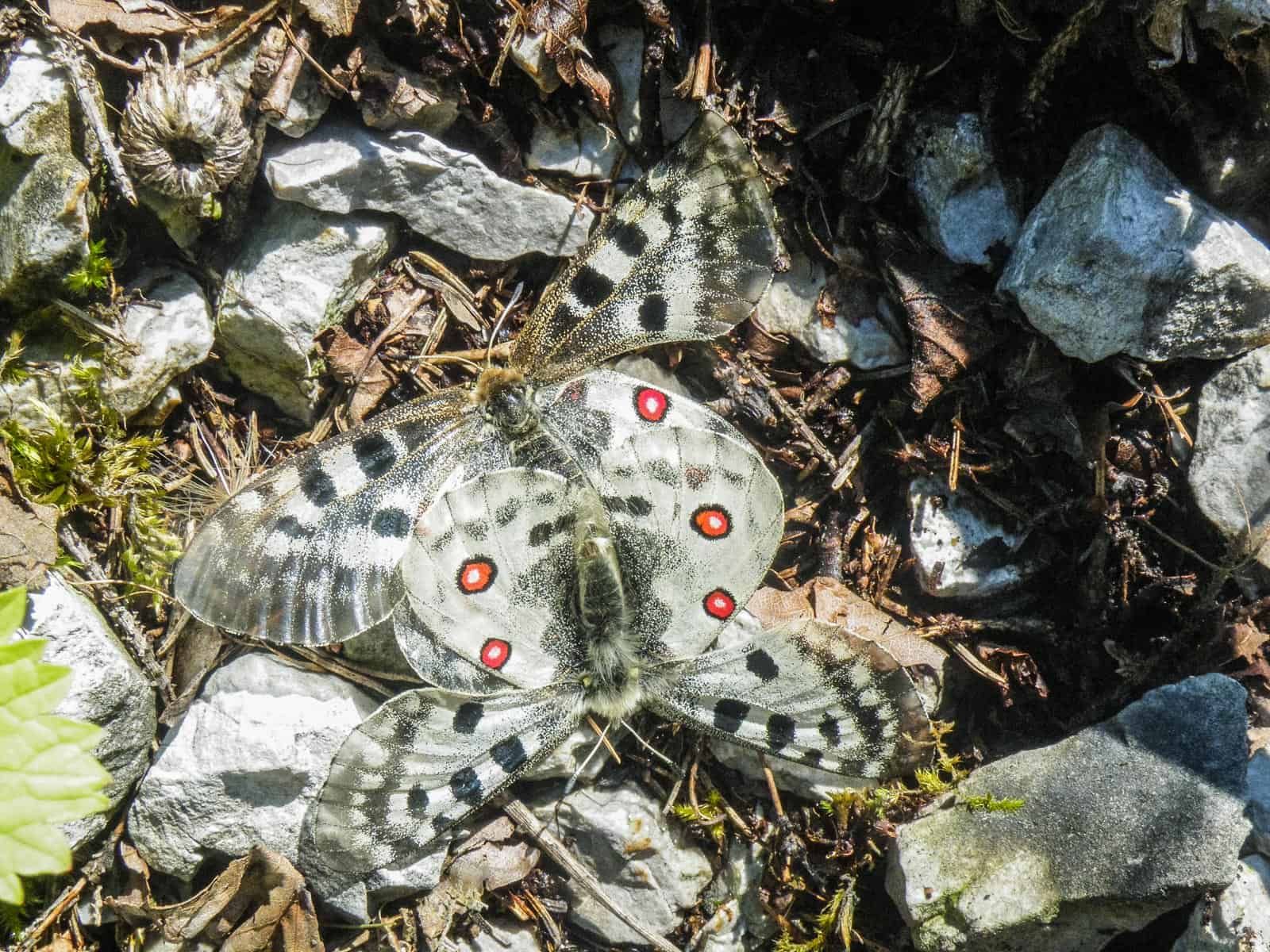
Factors of Parnassius decline
There are several major factors contributing to the decline of the Parnassius apollo, population. One of the main factors is habitat loss. The man reason for that are human activities such as tourism, infrastructure development, and agricultural expansion.
Habitat requirements
The Apollo butterfly has very specific habitat requirements, including high altitude meadows and rocky slopes with certain plant species for feeding and breeding. When these habitats are destroyed or degraded, the butterfly population declines.
Climate change
Climate change is another major factor affecting the Apollo butterfly population. The butterfly’s life cycle is closely tied to the timing of the availability of host plants and pollinators, which can be disrupted by changes in temperature and precipitation patterns. As a result, the butterfly may not be able to complete its life cycle and reproduce successfully.
Over-collecting
Over-collecting of the Apollo butterfly is also a contributing factor to its decline. Some people collect the butterfly for commercial purposes or for private collections, while others collect it for scientific research. This can have a significant impact on the population, especially if it is not done sustainably.
Pesticide use
Finally, the Apollo butterfly is also affected by pesticide use and other pollutants in the environment. These substances can be toxic to the butterfly and its host plants, and can disrupt the delicate balance of the ecosystem.
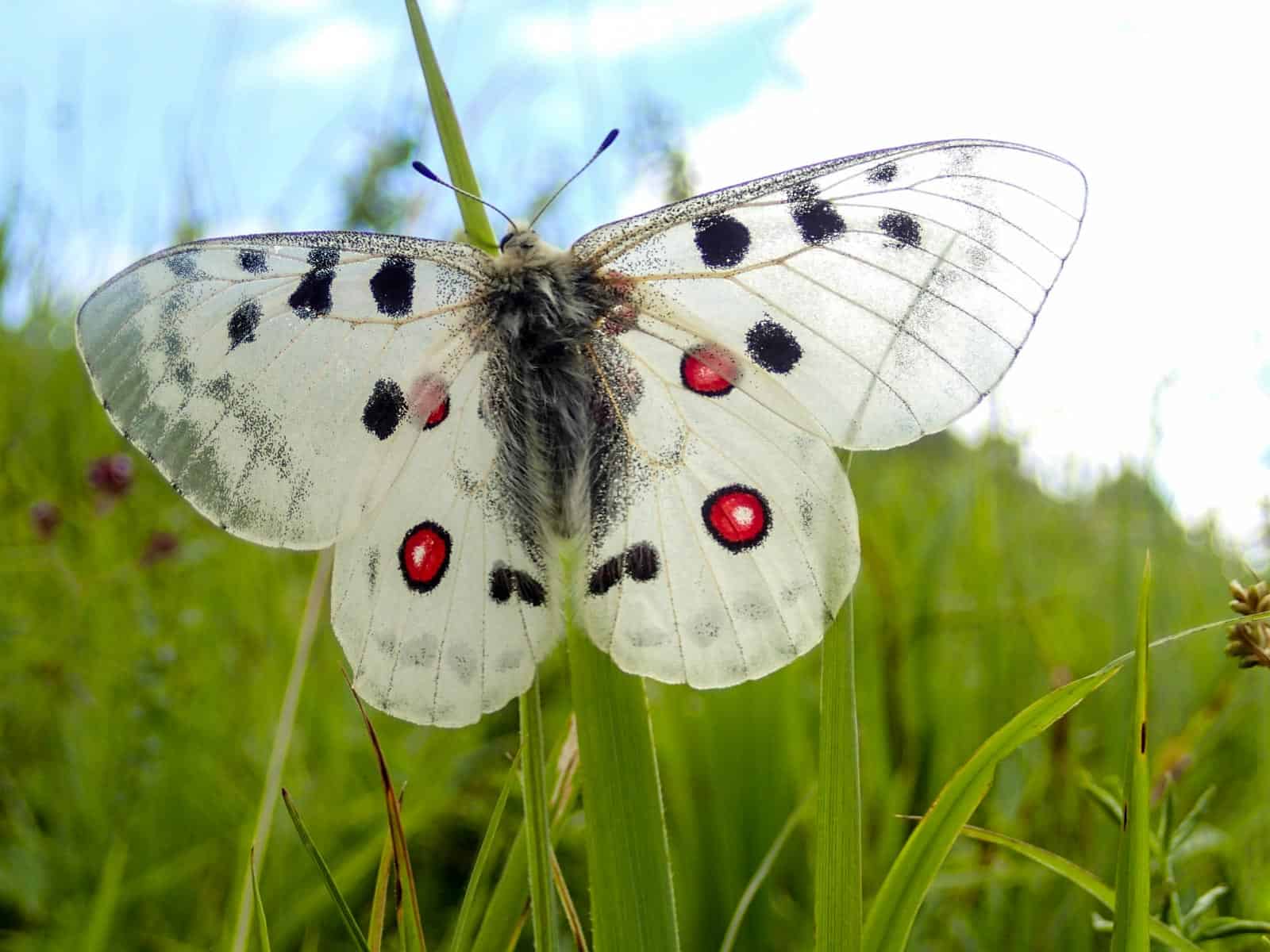
Overall, a combination of habitat loss, climate change, over-collecting, and pollution are the major factors contributing to the decline of the Parnassius apollo population. It is important that effective conservation efforts are put in place to address these issues and protect this beautiful species.
Major groups of factors
Experts agreed on the three major groups of factors such as:
a) natural factors including long-term climatic changes, habitat succession, and short-term weather anomalies;
b) anthropogenic factors that include broad impact of industrialization and butterfly over-collecting;
c) intrapopulation factors that include genetic erosion and behavioural changes.
Habitat loss is undoubtedly the most destructive for Apollo’s long-term survival. There are several interesting researches and monitorings which provide very important informationconcerning causes of extinction of numerous butterflies in their biotopes in Europe.
Conservation efforts
To help protect the Apollo butterfly, several conservation efforts have been implemented. These include habitat restoration, captive breeding, and protection of important sites. However, these efforts must be implemented on a larger scale and in a coordinated manner involving multiple stakeholders, including governments, NGOs, researchers, local communities, and individuals.
Conclusion
In conclusion, urgent action is needed to prevent the extinction of the Apollo butterfly. Conservation efforts must be comprehensive and well-coordinated to ensure the long-term survival of this beautiful and important specie
Very useful on this aspect is report developed by the expert of IUCN already two decades ago. These data provided important baseline for any kind of follow up researches and management measures to support survival rate of this rare butterfly. This work provides various protective measures that were, or should be undertaken to stop further Parnassius decline.
Climate change is a significant threat to the survival of Parnassius. The altered environmental conditions and increased frequency of extreme weather events can negatively impact their habitats, food sources, and overall health and survival.


